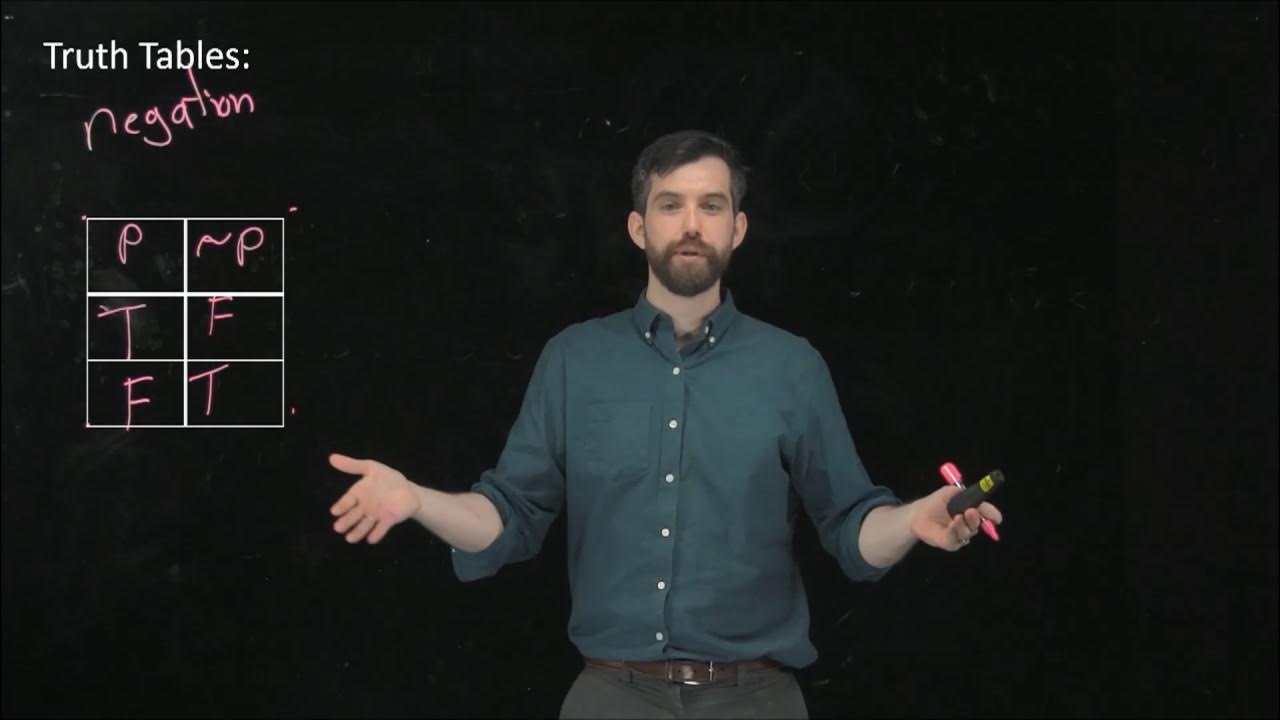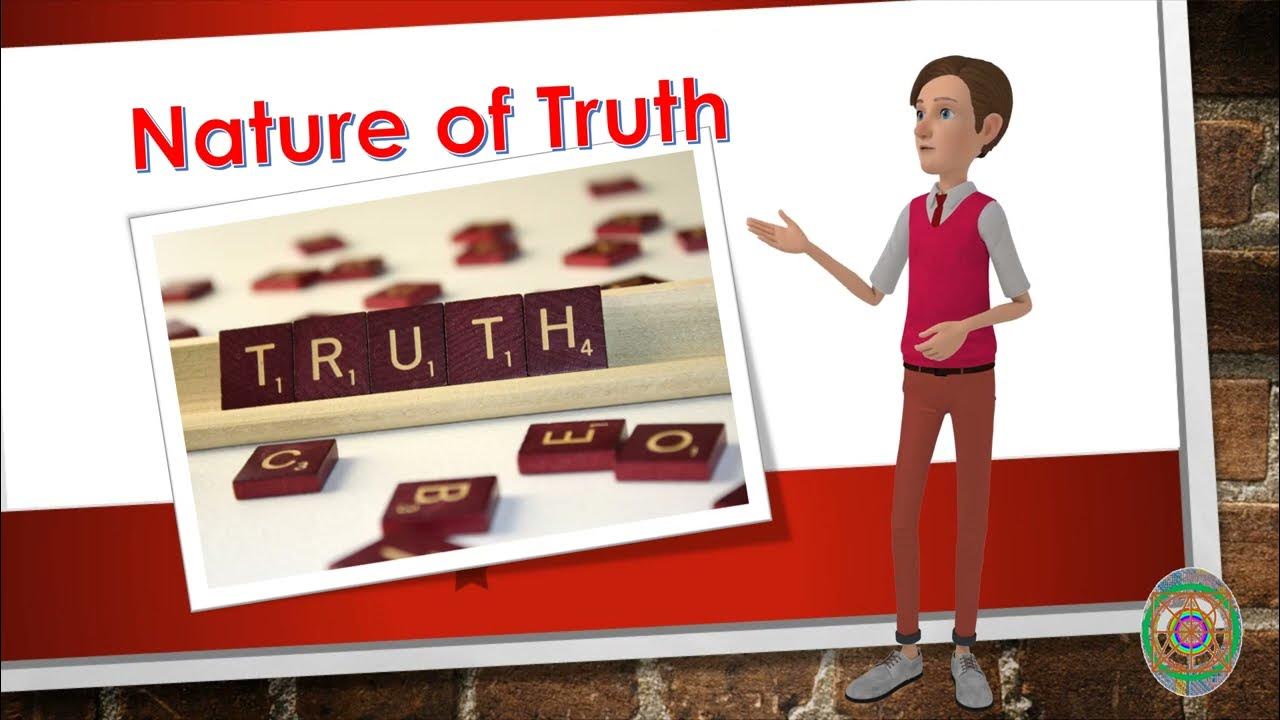Apakah Benar sama dengan Tidak Salah?
Summary
TLDRThis transcript explores the philosophical and logical relationship between truth, error, and negation. It challenges the common view that 'truth' is simply the absence of 'wrong,' suggesting instead that truth and falsehood may not be a simple binary. By analyzing negation both in logic and everyday language, the speaker introduces the idea of a 'third value,' where something can be both true and false, or neither. The discussion encourages a deeper reflection on how language and culture influence our understanding of what is true or false, and how negation operates in different contexts.
Takeaways
- 😀 Truth is often equated with the absence of error, but this binary thinking (true vs. false) might need deeper scrutiny.
- 🤔 The concept of truth should not be limited to simply being 'not wrong.' The notion of truth can be more complex.
- 🔄 The relationship between truth and falsity may not be as straightforward as flipping a coin. It might involve multiple perspectives and shades of meaning.
- 💡 Truth and falsity are sometimes viewed in terms of negation (i.e., truth equals no error, and error equals falsity), but this view is oversimplified.
- 🧐 In logic and language, the negation of a statement doesn't always work in a simple on/off or switch-like manner.
- 🔍 The word 'not' in negation is more than just an on/off switch. It can convey subtle meanings depending on context and cultural norms.
- 📜 In Javanese culture, the word 'jangan' (meaning 'don’t') suggests a middle ground, reflecting sensitivity rather than a strict rule.
- 🧮 The mathematical concept of complementarity in set theory can be applied to truth and falsity, showing that some elements can belong to both truth and falsity at the same time.
- 🔄 When we say 'not true,' it doesn't automatically imply 'false.' There could be a third category: something that is neither true nor false.
- 🌐 The exploration of truth and falsity involves questioning the assumption that they are strictly opposites. There may be intersections where truth and falsity coexist.
- 🤯 The idea that something can be 'true and false' simultaneously is not just theoretical—it's a real consideration in both language and logic.
Q & A
What is the main argument presented in the transcript about the concept of truth and falsehood?
-The main argument suggests that the binary opposition of 'true' and 'false' may not fully capture the complexity of how people perceive truth. The speaker challenges the simplistic equation of truth with the absence of falsehood and explores the nuanced nature of these concepts.
How does the word 'tidak' (no/not) function differently in everyday language compared to its logical use?
-'Tidak' (no/not) in everyday language doesn't always work as a strict negation (like a switch). It can imply reluctance or hesitation, such as when someone refuses food out of politeness but still wants to eat. This highlights how negation can have contextual meanings beyond simple true/false binary logic.
How does the Javanese phrase 'ojo ngono' (don't do that) contribute to the discussion of negation?
-The Javanese phrase 'ojo ngono' shows that negation in cultural contexts can serve as a reminder or a warning, rather than an absolute prohibition. It suggests a balance between allowance and restriction, which challenges the binary interpretation of 'do' or 'don't do.'
What does the speaker suggest about the limitations of thinking in binary terms (true/false)?
-The speaker suggests that thinking in binary terms of 'true' and 'false' is too simplistic, as it fails to account for situations where something can be both true and false simultaneously, or neither true nor false, which represents a more complex middle ground.
What role does set theory play in the speaker's discussion of truth and falsehood?
-Set theory introduces the concept of complementing a set, which the speaker uses to explain how negation works. The complement of a set doesn't necessarily mean the opposite of the set but can involve overlapping or disjoint elements, highlighting that 'truth' and 'falsehood' may intersect or coexist in certain cases.
What is meant by the 'third value' in the context of truth and falsehood?
-The 'third value' refers to situations where something can be both true and false simultaneously, or neither true nor false. This third possibility exists between the binary extremes and complicates our conventional understanding of truth and falsity.
Can you provide an example from the transcript that illustrates the concept of something being 'true and false' at the same time?
-An example from the transcript is when the speaker says that answering a question with 'blue nugget' is neither true nor false. It's not a direct answer to the question, so it cannot be classified as either true or false based on conventional logic.
What does the speaker mean when discussing the 'intersection' of truth and falsehood?
-The 'intersection' of truth and falsehood refers to situations where elements of truth and falsehood overlap, creating a scenario where something can be simultaneously true and false, challenging the idea that truth and falsehood are strictly opposites.
How does the speaker differentiate between 'not true' and 'false'?
-The speaker argues that 'not true' doesn't necessarily mean false. For example, if something is 'not true,' it could simply be an incomplete or irrelevant answer, like saying 'blue nugget' instead of answering a time-related question. This shows that 'not true' does not always imply 'false.'
What philosophical and logical implications are raised by the discussion of truth and falsehood?
-The philosophical implications challenge the binary logic of truth and falsehood, urging a more nuanced approach to understanding reality. Logically, the speaker introduces the idea of overlapping sets and 'third values,' which complicate the binary true/false framework and suggest that there are other possibilities beyond simple negation.
Outlines

This section is available to paid users only. Please upgrade to access this part.
Upgrade NowMindmap

This section is available to paid users only. Please upgrade to access this part.
Upgrade NowKeywords

This section is available to paid users only. Please upgrade to access this part.
Upgrade NowHighlights

This section is available to paid users only. Please upgrade to access this part.
Upgrade NowTranscripts

This section is available to paid users only. Please upgrade to access this part.
Upgrade Now5.0 / 5 (0 votes)





